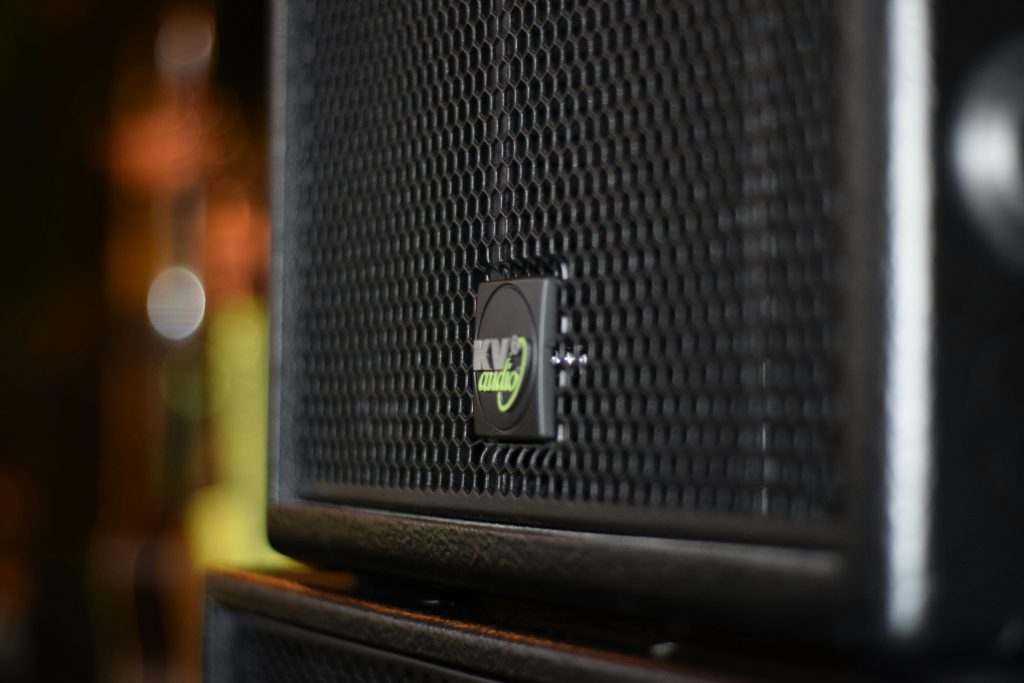When planning or upgrading your PA system, one of the most important decisions you’ll face is whether to use passive or active monitors. Both options come with their own unique set of benefits and challenges, particularly in how they integrate with your overall PA system. Understanding the nuances of power amplification, signal routing, and sound quality can help you make the best choice for your application—be it live sound, studio monitoring, or hybrid setups.

Defining Monitor Types in a PA System
What Are Passive and Active Monitors in a PA System?
Passive Monitors Explained
Passive monitors are speakers that require an external power amplifier to operate. This means the signal from your mixing console must be routed through a separate amplifier, which then sends the amplified signal to the passive speaker. Within a PA system, passive monitors offer flexibility in amp pairing and system scaling.
Active Monitors Defined
Active monitors, also called powered monitors, have built-in amplifiers. This simplifies setup by allowing you to run a line-level signal directly from your mixer to the speaker without external amplification. Active monitors are increasingly popular in modern PA system configurations for their plug-and-play convenience.
Pros and Cons of Each in a PA System
Comparing Monitor Types for Your PA System
Benefits of Passive Monitors
Flexibility in Amp Selection – Match speakers with high-quality amplifiers tailored to your tonal and power preferences.
Cost Efficiency in Larger Systems – Replacing individual components is often cheaper in large-scale PA systems.
Ease of Repair – If something goes wrong, you can replace the amp without replacing the speaker.
Drawbacks of Passive Monitors
More Wiring – You’ll need separate runs for signal and power.
More Space Required – External amplifiers take up rack space.
More Setup Complexity – Time-consuming to configure and troubleshoot in mobile PA systems.
Advantages of Active Monitors
Built-In Amplification – Simplifies the signal chain, reducing potential points of failure.
Optimized Internal Matching – The amp and speaker are designed to work together for better clarity.
Compact and Portable – Ideal for quick setups and small to mid-sized PA systems.
Drawbacks of Active Monitors
Heavier Units – The built-in amp increases weight.
More Expensive per Unit – Especially when building out large systems.
Amplifier Failure Equals Total Failure – If the amp dies, the whole monitor is out of commission.
Power Matching and Impedance
Understanding Power and Load for PA System Compatibility
Why Power Matching Matters
For passive monitors in a PA system, choosing an amp with the correct wattage and impedance match is essential. Underpowered systems can clip and distort, while overpowering can blow drivers.
Impedance Ratings and Their Effects
Most PA system speakers have 4, 6, or 8-ohm impedance ratings. Your amplifier should be able to deliver enough power at the specific load of your monitor to avoid performance issues.
Use Cases in Different PA System Scenarios
When to Use Passive or Active Monitors in a PA System
Studio Environments
Active monitors dominate in studio monitoring due to their flat frequency response, built-in amps, and minimal cabling. A PA system for studio recording doesn’t need the ruggedness or output level of a live system, making active monitors ideal.
Touring and Live Performances
Passive monitors are often chosen for touring PA systems because of their rugged build and modular nature. Amplifiers can be centralized in racks, simplifying repairs and cabling for larger stages.
Small Venues and Churches
Active monitors shine in fixed installations where convenience and clarity matter more than modular flexibility. In this type of PA system, users benefit from plug-and-play operation and minimal rack gear.
Reliability and Maintenance in a PA System
Long-Term Considerations for Monitors in a PA System
Active Monitor Maintenance
Since amplification and drivers are housed together, heat dissipation becomes critical. Built-in amps may require cooling systems or fan maintenance, which can affect noise floor in sensitive PA systems.
Passive Monitor Durability
Because there’s no internal amplification, passive monitors typically last longer with fewer components to fail. This is a key reason many road-ready PA systems still rely on passive gear.
Budgeting and Cost Efficiency
Economic Planning for Your PA System Monitor Strategy
Total Cost of Ownership
While active monitors cost more up-front, you save on racks and external amps. Passive systems, on the other hand, allow gradual scaling, which may better suit evolving PA system needs.
Repair and Replacement Costs
Replacing a blown amp in a passive setup is often less expensive than fixing an active monitor with integrated electronics. Consider this when budgeting long-term for a PA system.
Which Should You Choose?
So which is better for your PA system—passive or active monitors? The answer depends on your needs:
Go active if you want an all-in-one solution for a small venue, rehearsal space, or studio.
Choose passive if you need a modular, scalable system for large-scale live performances or touring.
By weighing sound quality, reliability, maintenance, and cost, you can select the monitor type that enhances your overall PA system and fits seamlessly into your workflow.
The debate between passive and active monitors is ultimately about what’s best for your PA system. Think about how you use your equipment, the environments you perform in, and your technical comfort level. With the right choice, your monitors won’t just project sound—they’ll elevate your entire performance experience.
